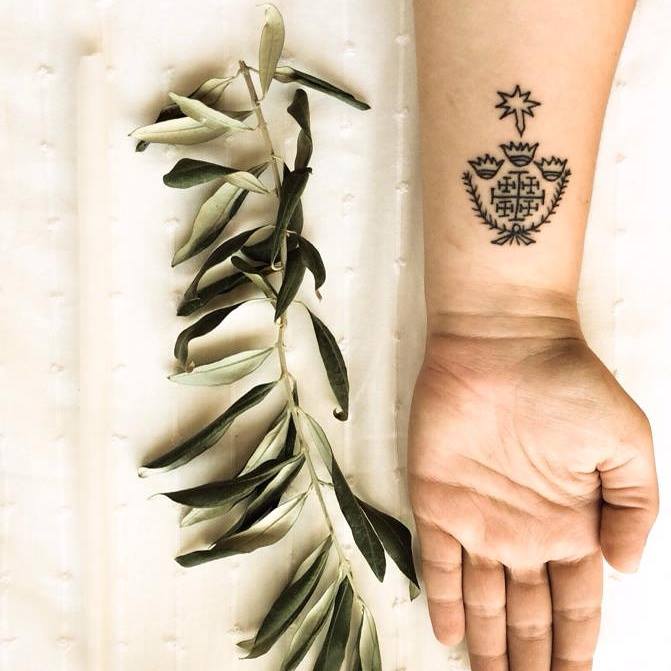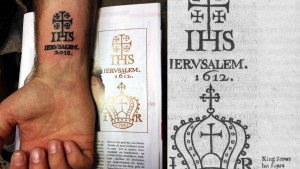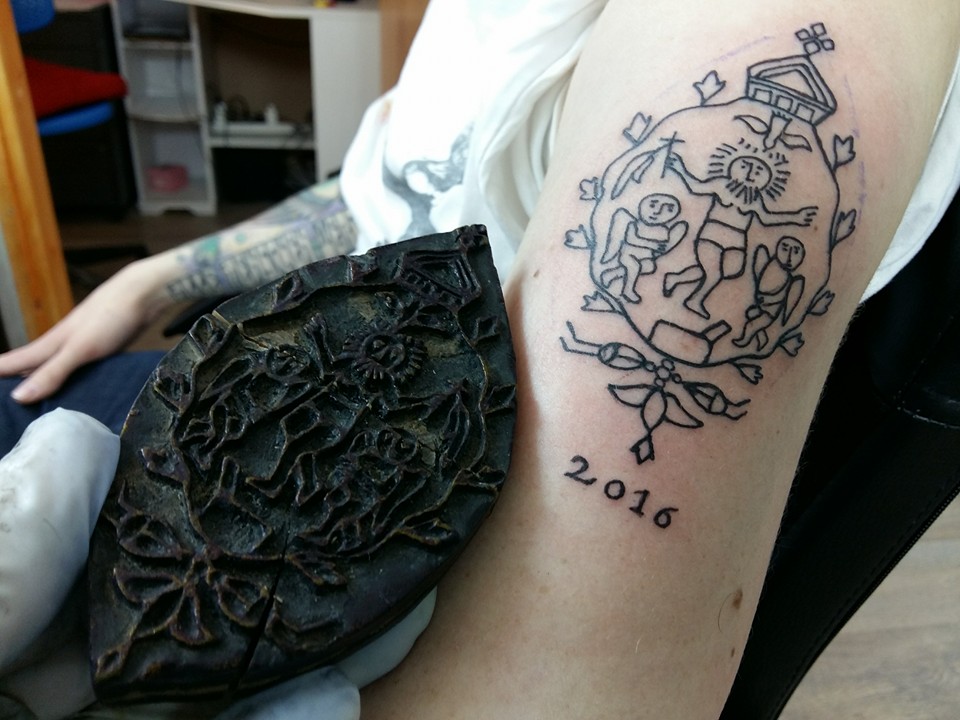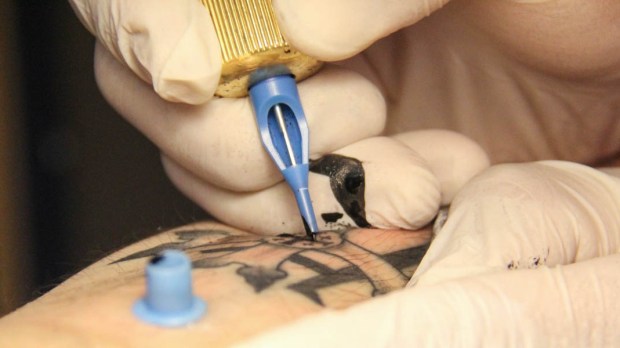Buckingham Palace reports Prince William, 35, is preparing to make an historic trip to the middle east, the first official visit from the English royal family since 1882. The excursion will include visits to Israel, Jordan and the West Bank.
While the tour highlights the growth of the relationship between the British, Israelis and the Palestinians, the trip is at risk of being overshadowed by speculation as to whether or not Prince William will follow in the footsteps of his ancestors and acquire a traditional Christian tattoo from Jerusalem.

People explains how the tradition of the royal family receiving tattoos from the Middle East began:
In 1862, Queen Victoria’s eldest son, Prince Albert Edward (the future Edward VII), visited Jerusalem as part of a five-month tour of Egypt and the Ottoman Empire. Then, in 1882, two of his sons, Prince Albert Victor and his brother George (the future George V), followed in their father’s footsteps and visited the Holy Land — and like their dad, got a tattoo on their arms depicting five crosses and the three crowns of Jerusalem.

Read more:
Getting a medieval tattoo in Jerusalem
The tattoos are inked by the Razzouk family, Coptic Christians who own and operate the famous Razzouk’s Tattoo Shop, in Israel. The sign on the front of the store says: “tattoo with heritage since 1300.” Indeed, these traditional Christian tattoos have been in fashion since the medieval era. Aleteia’s own Daniel Esparza explains a bit of the history behind the custom:
The first Christians to get tattooed were those born in the Holy Land (and also Egypt, as tattoos were also part of the Coptic tradition) in the 6th century, according to the testimony of Procopius of Gaza, perhaps one of the most important Christian Greek rhetoricians of the Second Sophistry. These pilgrims would get tattoos of the cross and Christ’s name, and took the practice to Egypt, where Coptic Christians soon adopted it as their own. Christians who made the pilgrimage to the Holy Land would also get tattooed, not only as a display of devotion, but also as proof of their having made the trip.

No sources have confirmed that the Duke of Cambridge will be making a stop at Razzouk’s. If he does, it would be an excellent show of familial solidarity, while if he does not, it could make a potent statement as to the differences between Prince William and his predecessors. Or it could mean that he just didn’t want a tattoo.

